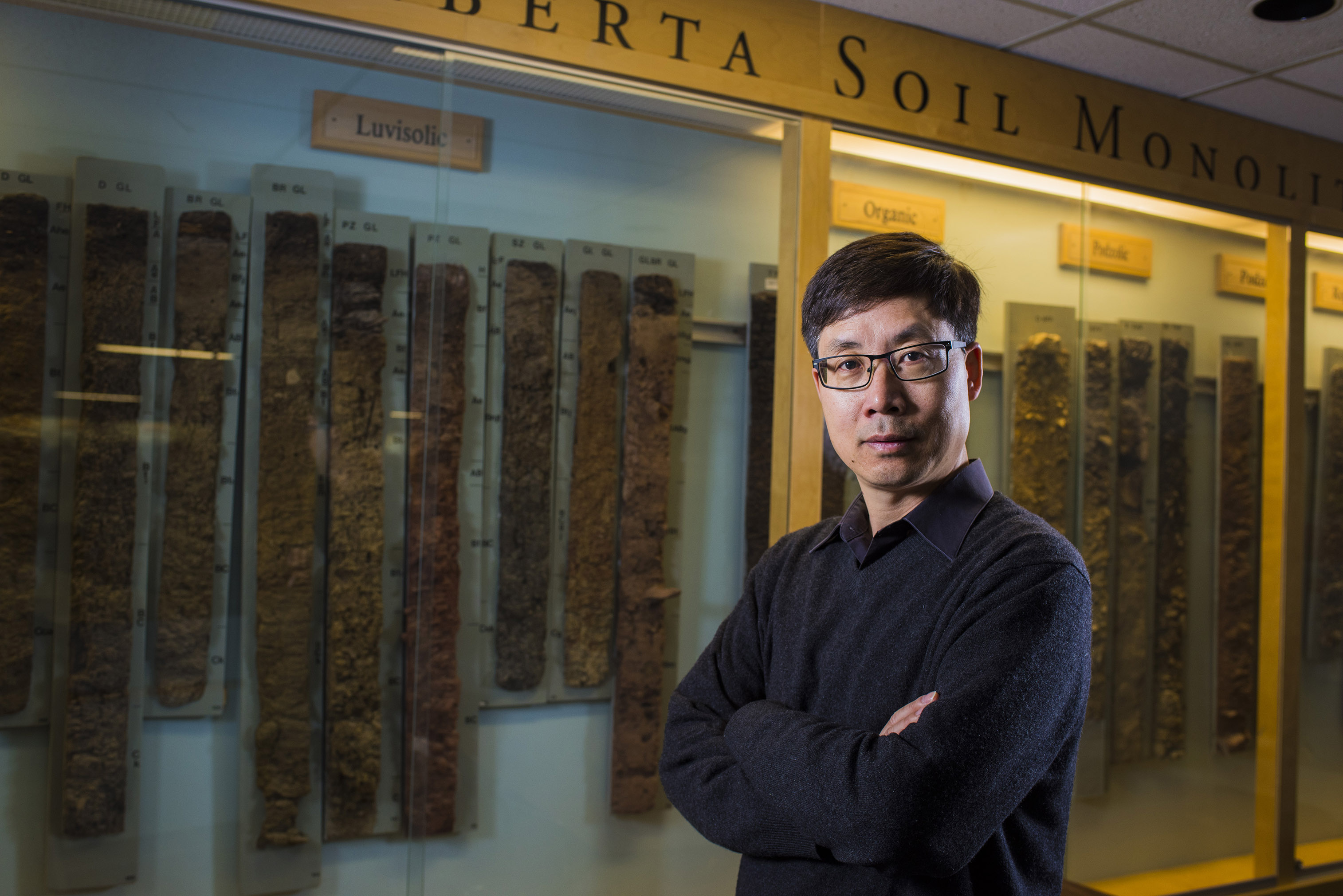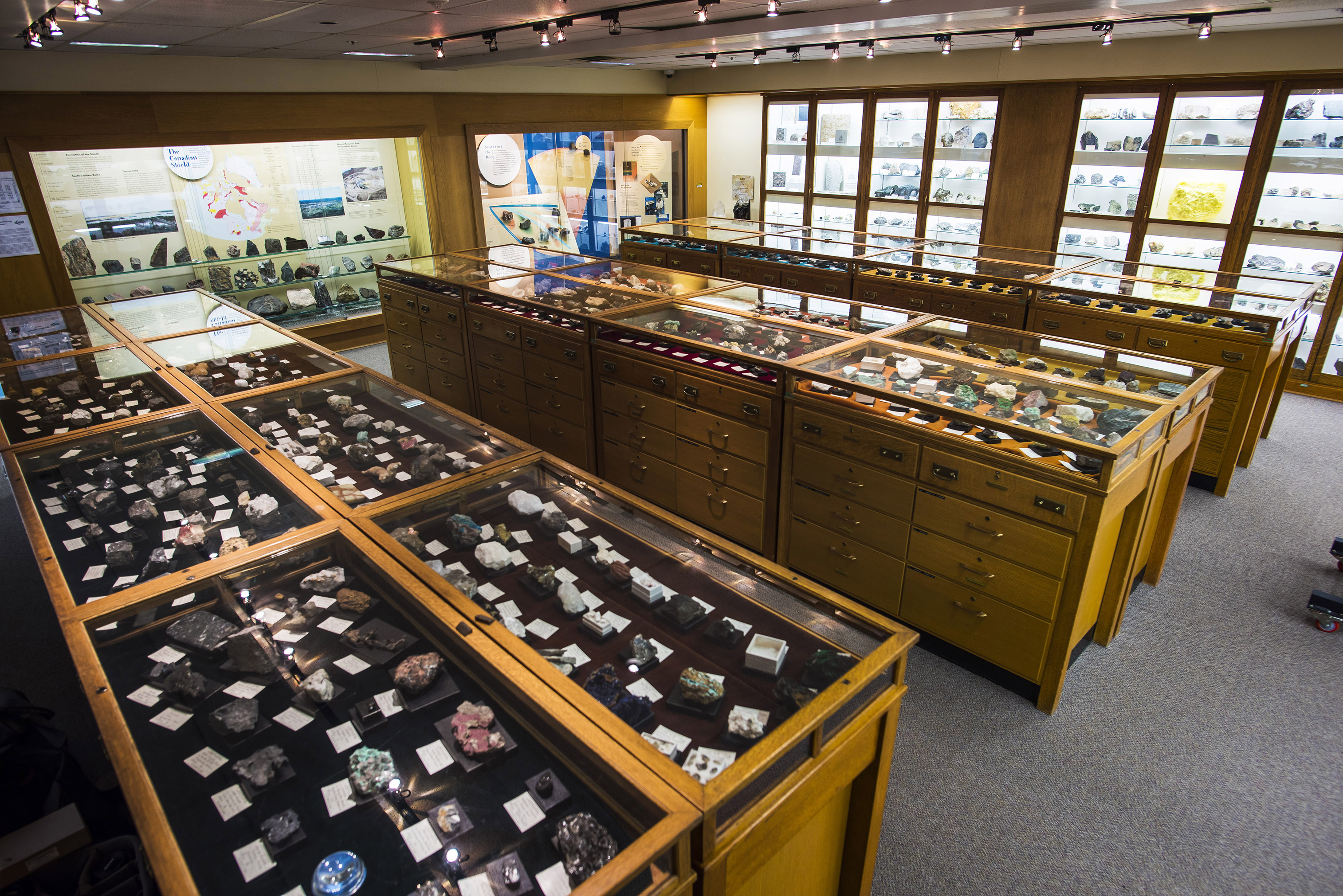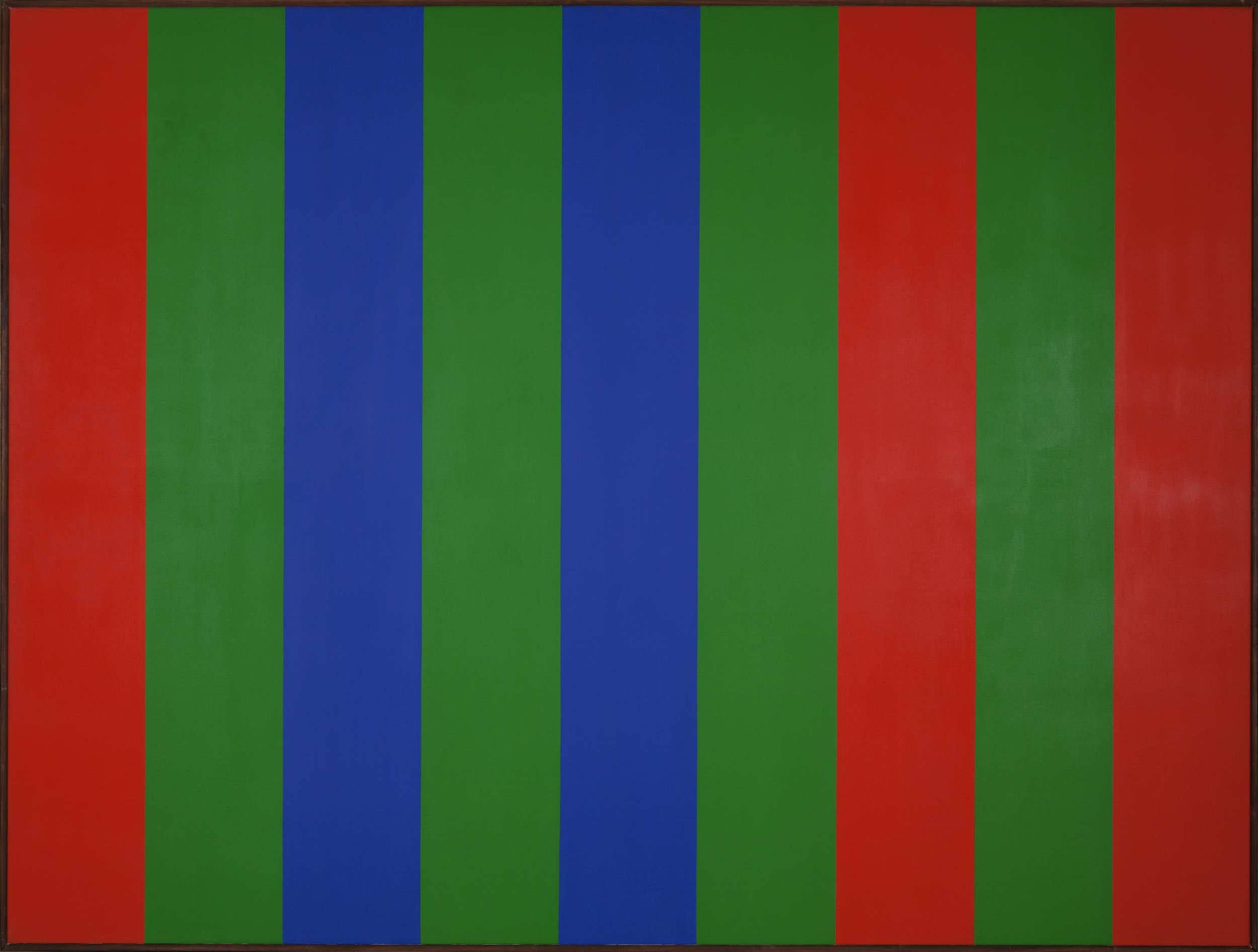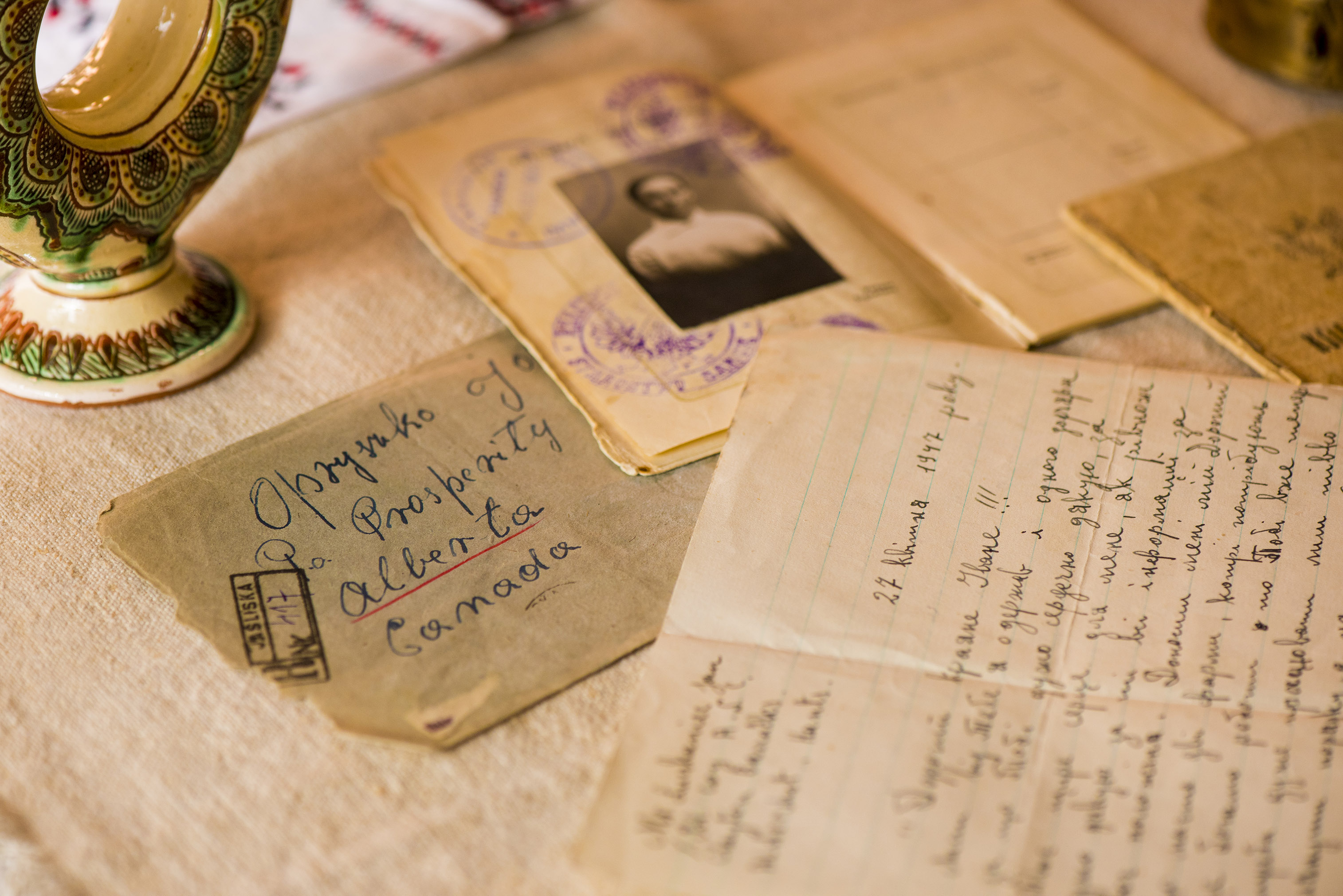Art in Focus: "Monsoon" by Katie Ohe
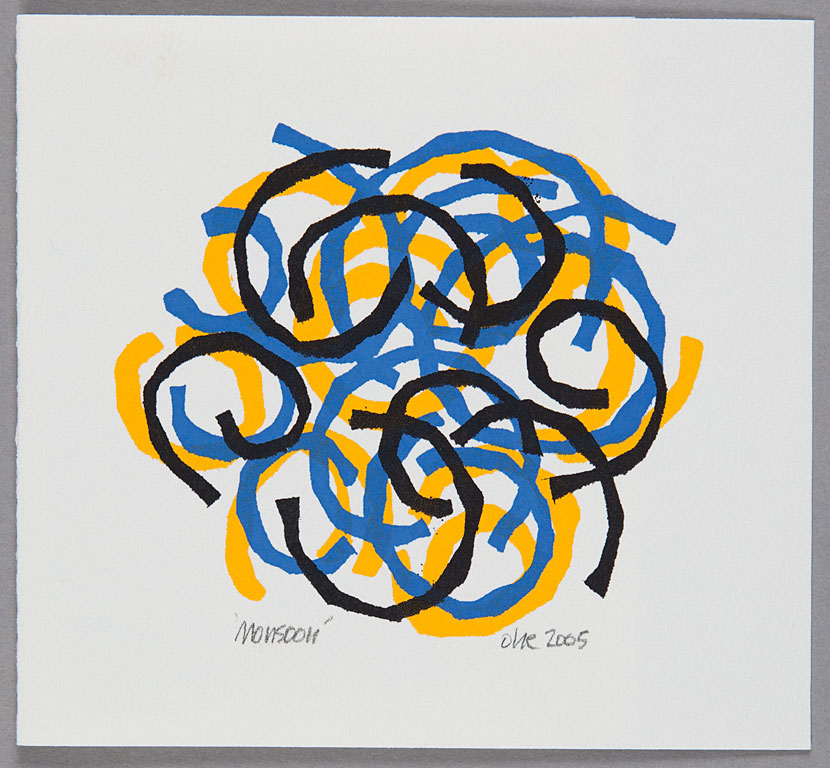
"Monsoon," 2005; Ink on paper; stonecut and stencil; Katie Ohe, RCA, AOE: Born Peers, Alberta, 1937; University of Alberta Museums Art Collection, University of Alberta Museums; Gift of Margaret Andrekson; 2007.13.3
Small and colourful, Alberta artist Katie Ohe’s print Monsoon (2007.13.3) captures the dynamics of a seasonal weather phenomenon. Created using stonecut and stenciling, the print is one of 26 print-based works by Ohe in the University of Alberta Museums Art Collection. Donated to the University of Alberta Museums by long-time supporter of the University of Alberta, the late Margaret Andrekson (1927-2011), an alumnae and former member of University of Alberta Senate and Board of Governors, Ohe’s work enlivens and adds to the breadth of the Print Study Centre.
Monsoons are powerful, seasonal winds that are associated with tropical regions of south and southeast Asia.1 During the summer monsoons, strong winds carry heavy rainfalls that are both indispensable and destructive: while they are important for agricultural, livestock and energy needs, monsoons can also cause havoc on human habitation when they trigger landslides. Monsoons are also part of the social and cultural fabric of the many cultures that cross its path, contributing to the songs, dances, and oral stories about the heavy rainfalls.
Born Katherine Minna von der Ohe to an immigrant German family in rural Alberta, her early life was a contrast to the lands where monsoons traverse.2 Ohe’s education started on her isolated family farm where her father introduced her to many kinetic movement examples such as a threaded button that would spin when it was pulled and relaxed.3 Ohe would later go on to study at the Alberta College of Art and Design (now known as the Alberta University of the Arts) where she was supported by a mentorship with Arthur Lismer and extended studies in Europe and the United States. Throughout her career, Ohe would establish herself as one of Alberta’s foremost sculptors who has largely focused on public and kinetic, movable works of art. Using welded steel, chrome, and bronze as some of her primary materials, these mechanized works respond to touch, which both adds to the lightheartedness of her practice and broaches the taboo of touching art works.
While Ohe is known as a sculptor, she has also contributed to the richness of printmaking in Alberta. Monsoon is one of many small screen-printed and stenciled cards the artist made starting from the 1970s. In this work of art, Ohe captures the robust energy of monsoons with her use of vibrant colours and shapes. Even in her print works, Ohe considers movement and landscapes much like her sculptures. Many of these prints start as notebook sketches and contribute to the process of thinking through large sculptural pieces.
In 2020, the Esker Foundation commissioned a documentary film A Mystical Kind of Experience on Ohe’s life and work. The film provides insights on Ohe’s process, her lengthy career in the arts and her ongoing work at the Kiyooka Ohe Arts Centre – a centre she co-founded with her partner Harry Kiyooka (1928-2022) that is dedicated to the art of sculpture located on the outskirts of Calgary. Ohe’s work is represented in numerous collections in Canada and she was awarded the Alberta Centennial Medal in 2006. Part of Ohe’s multidimensional practice, Monsoon represents the diversity of Ohe’s work and how everyday movement and form can take shape in art.
1 “Monsoon” National Geographic encyclopedic entry. https://www.nationalgeographic.org/encyclopedia/monsoon/print/, accessed 4 May 2022.
2 Nancy Townshend. “The Multilayering of Katie Ohe and her work: 1937-1981.” Katie Ohe (Calgary: Illingworth Kerr Gallery, 1991), 13.
3 Ibid.
This web story is part of the University of Alberta Museums Art Collection Spotlight Series, a collection of web stories aimed to share works of art from the University of Alberta Museums Art Collection with the world. Posted monthly, these stories connect works of art in the Collection to important matters on our campus and in our world.
